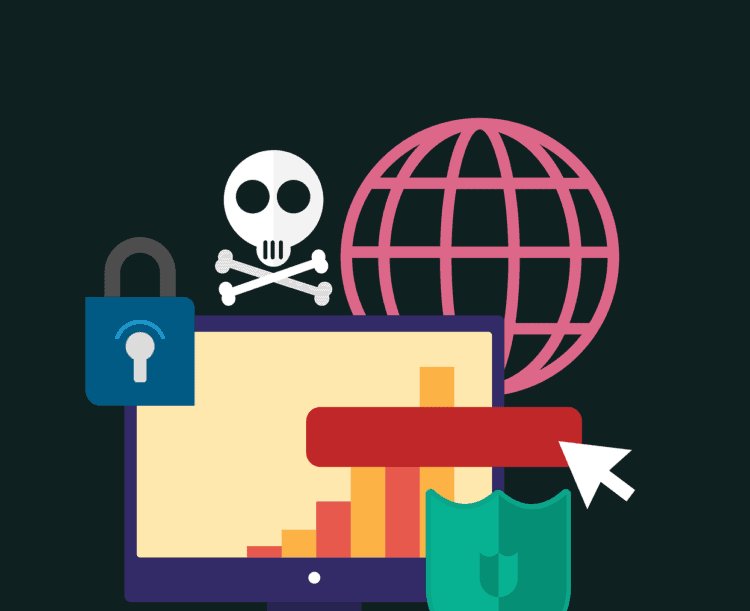There is a sign showing a surge in cybercrime, according to Check Point Research (CPR)— the threat intelligence arm of Check Point Software Technologies.
According to a report by Check Point Research, there is an unsettling 8% surge in global weekly cyberattacks in the second quarter, the most significant increase in two years.
This highlights how attackers have cunningly combined next-gen AI technologies with long-established tools like USB devices to conduct disruptive cyberattacks, CPR pointed out.
Report highlights
- Ransomware groups have stepped up their game, exploiting vulnerabilities in commonly used corporate software and shifting their approach from data encryption to data theft.
- USB Devices have resurfaced as significant threats, with both state-affiliated groups and cybercriminals deploying USB drives as vectors for infecting organisations globally.
- Hacktivism has seen a rise, with politically motivated groups launching attacks on selected targets.
- Artificial Intelligence misuse has amplified, with generative AI tools being used to craft phishing emails, keystroke monitoring malware, and basic ransomware code, calling for stronger regulatory measures.
- In H1 2023, 48 ransomware groups have breached over 2,200 victims, with Lockbit3 being the most active, reporting a 20% increase in victims compared to H1 2022.
- The emergence of new groups like Royal and Play is associated with the termination of Hive and Conti Ransomware-as-a-Service (RaaS) groups.
- In terms of geography, 45% of victims are in the US, with an unexpected rise in Russian entities due to the novel actor "MalasLocker", which substitutes ransom demands with charitable donations.
- The manufacturing and retail sectors have seen the most victims, suggesting a shift in ransomware attack strategy.
The surge in cybercrime is also manifested in older storage devises targeted by attackers.
“Familiar threats such as ransomware and hacktivism have evolved further, with threat groups modifying their methods and tools to infect and affect organisations worldwide,” said Maya Horowitz, VP Research at Check Point Software. “Even legacy technology such as USB storage devices, which have long been gathering dust in desk drawers, have gained popularity as a malware messenger.”
Organisations need to build a cyber resiliency strategy and strengthen their defences by adopting a prevention-first, integrated approach to cyber security, Horowitz advised. Cyberattacks are inevitable but can be largely prevented by proactive measures and the right security technologies, she added.




